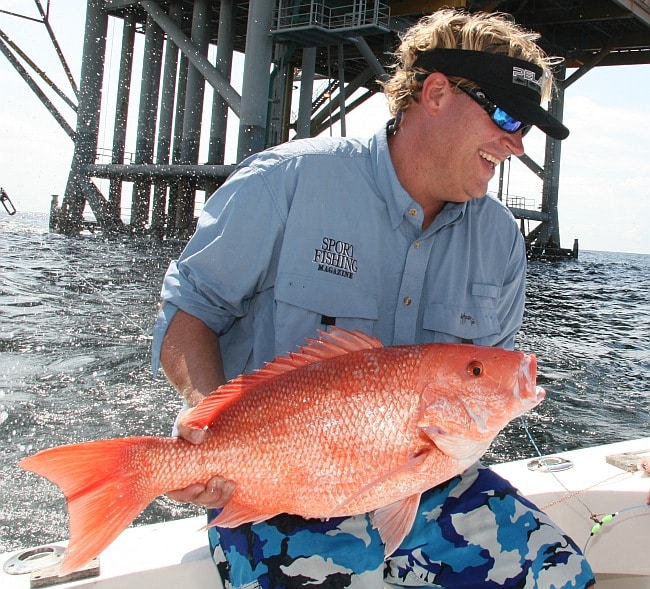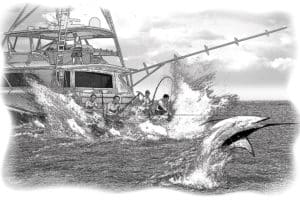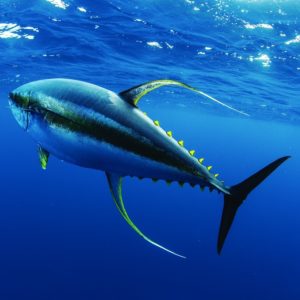
red snapper
Federal fisheries managers’ complicated and difficult efforts to manage Gulf of Mexico red snapper just got more complicated and difficult.
The Louisiana Dept. of Wildlife and Fisheries has announced it will make good on past warnings that without federal regulations it found acceptable, the state would adopt a noncompliant strategy — i.e. setting its own seasons/limits for red snapper differing from the record-short 27-day snapper season set to begin June 1 (allowing two fish per day).
According to a report by outdoors writer Joe Macaluso, anglers in state waters will enjoy red snapper fishing starting March 23 and extending through the summer, open Fridays through Mondays with a three-fish limit.
Moreover, the state will also extend state waters from three statute miles to three leagues (just over 10 miles), opening up much more in-state waters to red snapper fishing.
In a Feb. 7 statement, LDWF secretary Robert Barham said, “The Gulf [Fishery Management] Council refuses to work with Louisiana toward a more flexible management of our recreational fishery.” The council’s “outdated and stagnant” approach leaves “no choice but to move forward with state regulations that will directly contradict those of our federal counterparts,” Barham says.
At the time of this writing, the Gulf Council has not issued a public statement on the matter.
In noncompliance with federal red snapper regulations, Louisiana joins Texas, which has been noncompliant for years. Red snapper fishing remains open year round in Texas’ state waters.







